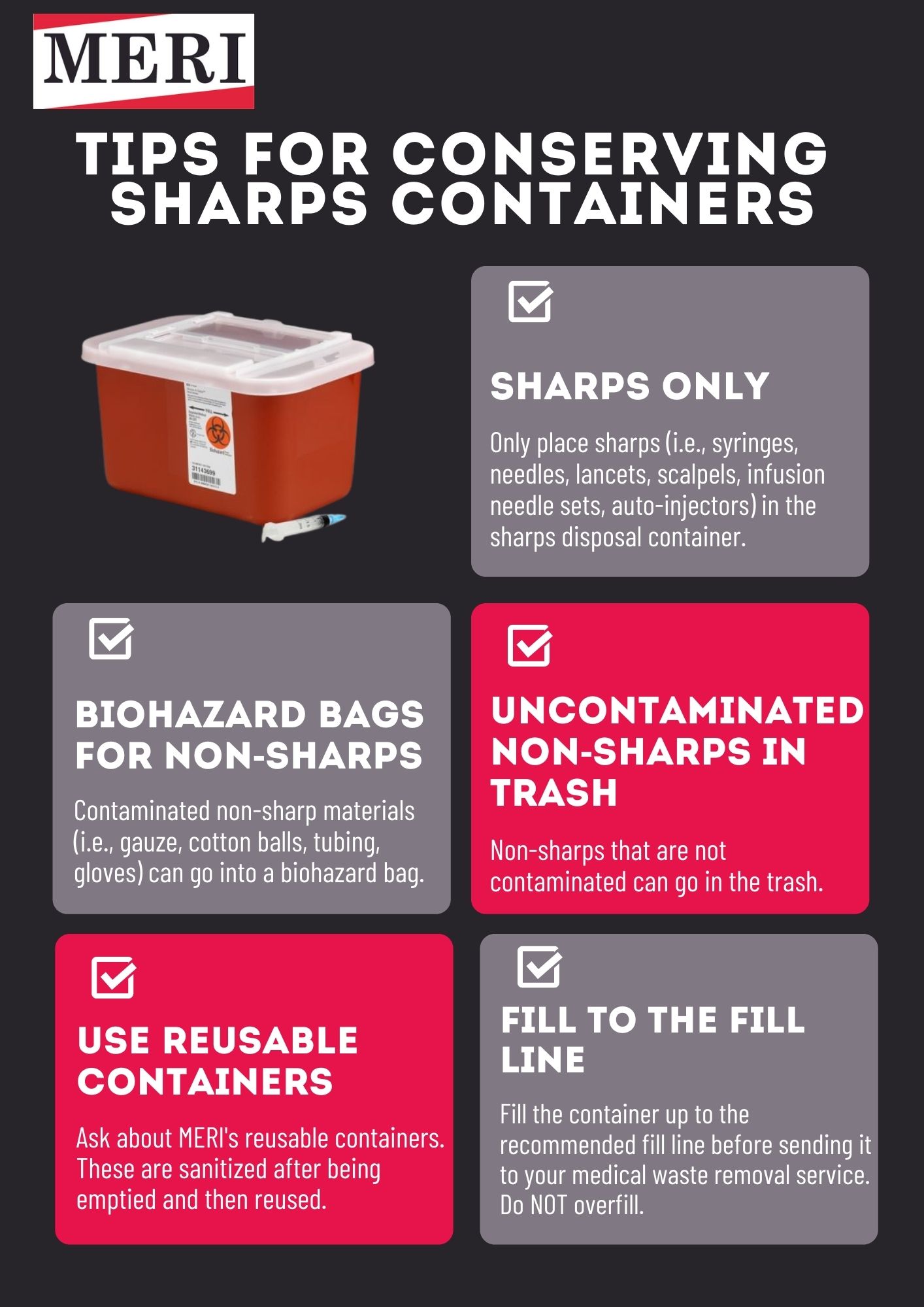Discovering Various Garbage Disposal Options for a Cleaner Atmosphere
In the pursuit of a cleaner atmosphere, the administration of waste disposal has arised as a crucial focal point for lasting growth. With a wide range of waste disposal alternatives available, ranging from conventional land fill approaches to ingenious waste-to-energy technologies, the selection of how we manage our waste has significant implications for our world's well-being.
Recycling Approaches
Implementing reliable recycling approaches is critical in lessening waste and advertising sustainability in our atmosphere. Recycling entails the process of converting waste products right into multiple-use objects to avoid unneeded disposal. Among the most usual recycling techniques is worldly healing, where materials like paper, plastic, steel, and glass are collected, arranged, and refined to develop new products. This procedure not only preserves natural deposits however likewise reduces power intake and greenhouse gas emissions linked with creating brand-new materials from the ground up.
Another important recycling technique is composting, which entails decaying natural waste like food scraps and backyard trimmings into nutrient-rich soil. By integrating these different reusing approaches into our waste monitoring methods, we can dramatically lower our ecological footprint and move in the direction of a more sustainable future.

Composting Techniques
Efficient waste monitoring methods, such as recycling methods, lead the way for a cleaner atmosphere, and now, changing the emphasis to 'Composting Techniques', we explore sustainable means to break down natural waste for ecological benefit. medical waste disposal.
Composting is a natural process that transforms organic waste, like food scraps and yard trimmings, right into a nutrient-rich dirt modification. The trick to effective composting depends on producing the right equilibrium of environment-friendly materials, such as fruit and vegetable scraps, and brown products, like dried fallen leaves and branches. These products disintegrate with the aid of microorganisms, damaging down the waste into valuable compost.
There are various composting methods offered to suit various requirements. Standard yard composting includes layering natural products in a bin or heap and frequently transforming the combination to freshen it. Vermicomposting, on the other hand, utilizes worms to break down natural issue right into garden compost (click here). For those with limited room, indoor composting systems offer a practical solution. By using composting techniques, we can reduce the quantity of waste sent out to landfills while creating a helpful item for enriching dirt and supporting plant growth.
Incineration Pros and Disadvantages
Incineration, as a waste disposal method, presents both benefits and negative aspects that merit mindful factor to consider in the realm of sustainable waste administration practices. On the silver lining, incineration can considerably minimize the quantity of waste, decreasing the requirement for land fill space and possibly reducing greenhouse gas exhausts. Incineration additionally allows for the recovery of energy with the generation of electrical power or warmth, adding to source recovery. The procedure can be used to destroy dangerous materials, using a risk-free approach for dealing with specific kinds of waste that might position risks to public health and wellness and the setting if left untreated.
Nevertheless, there are noteworthy disadvantages to incineration. One significant problem is the potential release of dangerous contaminants right into the air, such as dioxins, hefty steels, and particulate matter, which can have negative effects on human wellness and the atmosphere. Additionally, the high preliminary financial investment and functional expenses of incineration facilities position financial difficulties, making it a less cost-effective choice compared to other waste management approaches. Mindful surveillance and guideline are essential to minimize these negative effects and make the most of the benefits of incineration as part of a comprehensive waste monitoring approach.
Garbage Dump Management Approaches
Land fills play an important duty in waste administration and ecological preservation by providing a control system for the disposal of strong waste materials. Reliable garbage dump management approaches are vital to mitigate environmental impacts and make sure the long-term sustainability of these waste disposal websites. One crucial strategy is proper waste compaction to take full advantage of making use of readily available area within the land fill (click here). By condensing the waste, the quantity is lowered, allowing for even more waste to be accommodated gradually.
Additionally, the application of everyday cover methods is important in minimizing odors, avoiding litter, and minimizing the attraction of parasites. Treatment the disposed waste at the end of daily helps to contain odors and protect against potential ecological contamination. Additionally, the tracking of landfill gas emissions and leachate levels is critical in making certain that ecological criteria are met which any type of prospective threats to bordering ecological communities are lessened.

Waste-to-Energy Technologies
Among the innovative techniques to waste management entails using Waste-to-Energy modern technologies to transform solid waste into functional power sources. Waste-to-Energy (WtE) innovations include a series of procedures that intend to remove power from waste materials through thermal, chemical, or organic means. This conversion procedure not only lowers the volume of waste that winds up in garbage dumps but likewise creates important energy sources such as electrical power, warmth, or biofuels.
There are numerous approaches of Waste-to-Energy conversion, consisting of gasification, pyrolysis, and incineration. Incineration includes burning waste at heats to generate heat and electricity. Gasification converts waste right into a syngas, which can be utilized for power generation or chemical manufacturing. Pyrolysis breaks down natural materials making use of high temperature levels in the absence of YOURURL.com oxygen, creating bio-oil, char, and gas.
Implementing Waste-to-Energy technologies can assist minimize environmental issues connected with typical waste disposal approaches while simultaneously offering an eco-friendly power source. However, mindful factor to consider has to be given to emissions control and ensuring the sustainability of feedstock products for these technologies to be truly useful for a cleaner environment.
.jpg)
Final Thought
To conclude, exploring various garbage disposal alternatives such as recycling, composting, incineration, land fill monitoring, and waste-to-energy technologies is necessary for advertising a cleaner setting - click here. Each method has its own advantages and challenges, however by utilizing a mix of these techniques, we can work in the direction of decreasing the amount of waste that winds up in land fills and ultimately add to an extra lasting future for generations ahead
With a wide range of waste disposal alternatives available, ranging from traditional garbage dump techniques to ingenious waste-to-energy technologies, the choice of just how we manage our waste has significant effects for our world's health. medical waste removal.Incineration, as a waste disposal method, presents both advantages and drawbacks that warrant careful factor to consider in the world of sustainable waste management methods.Land fills play an essential function in waste management and environmental preservation by offering a control system for the disposal of solid waste materials. By condensing the waste, the volume is decreased, allowing for more waste to be accommodated over time
One of the ingenious techniques to throw away management involves taking advantage of Waste-to-Energy innovations to transform solid waste right into usable power resources.